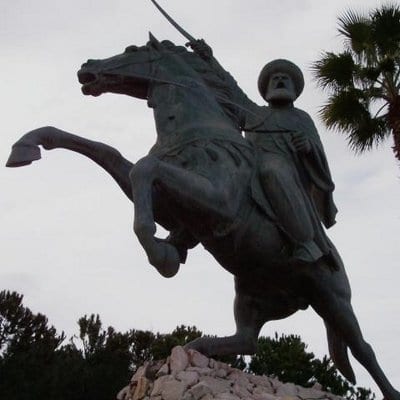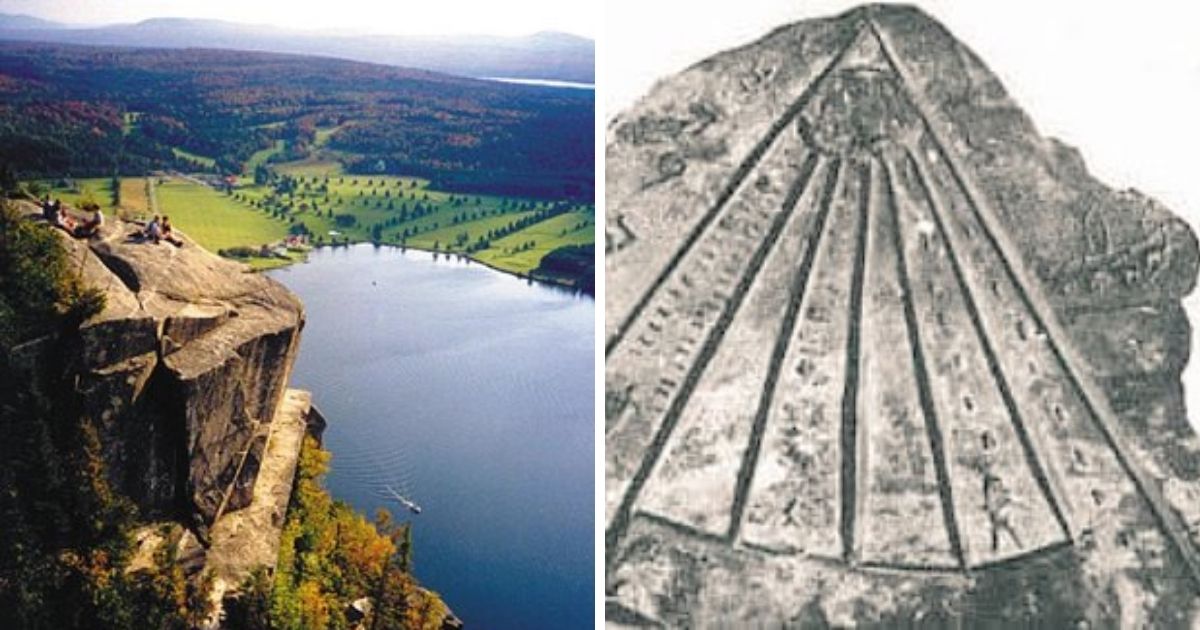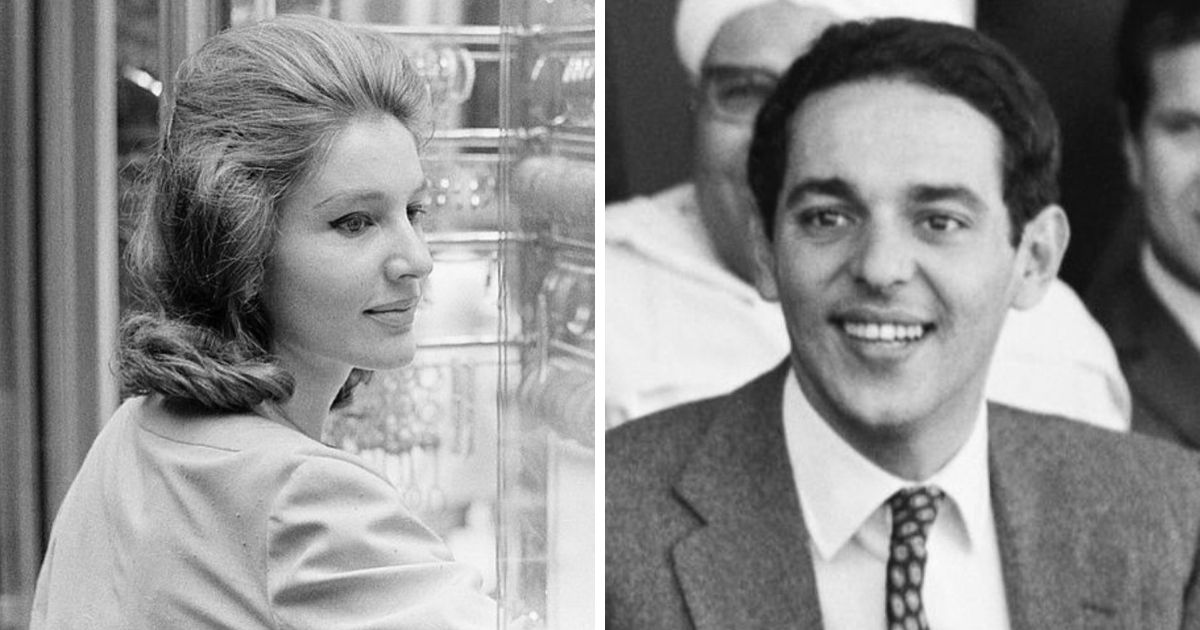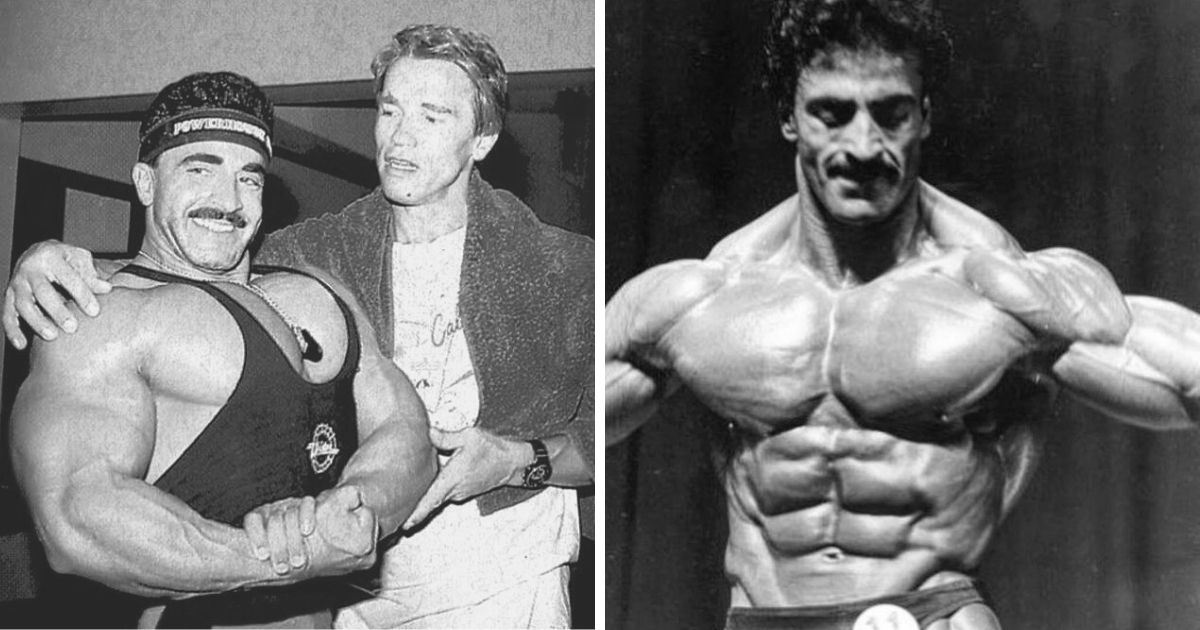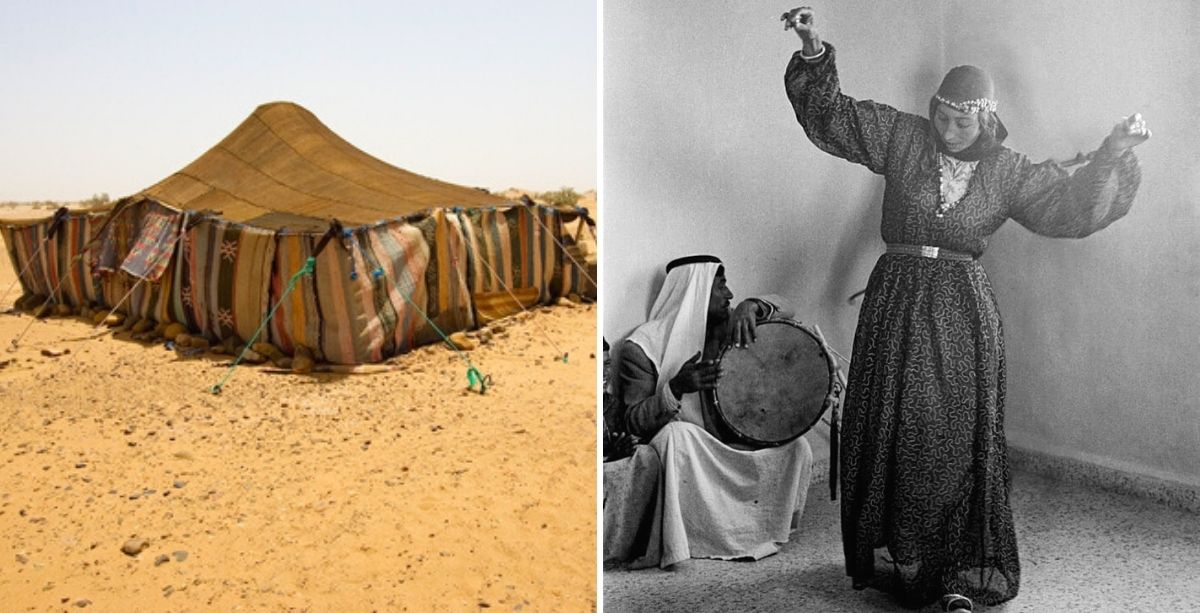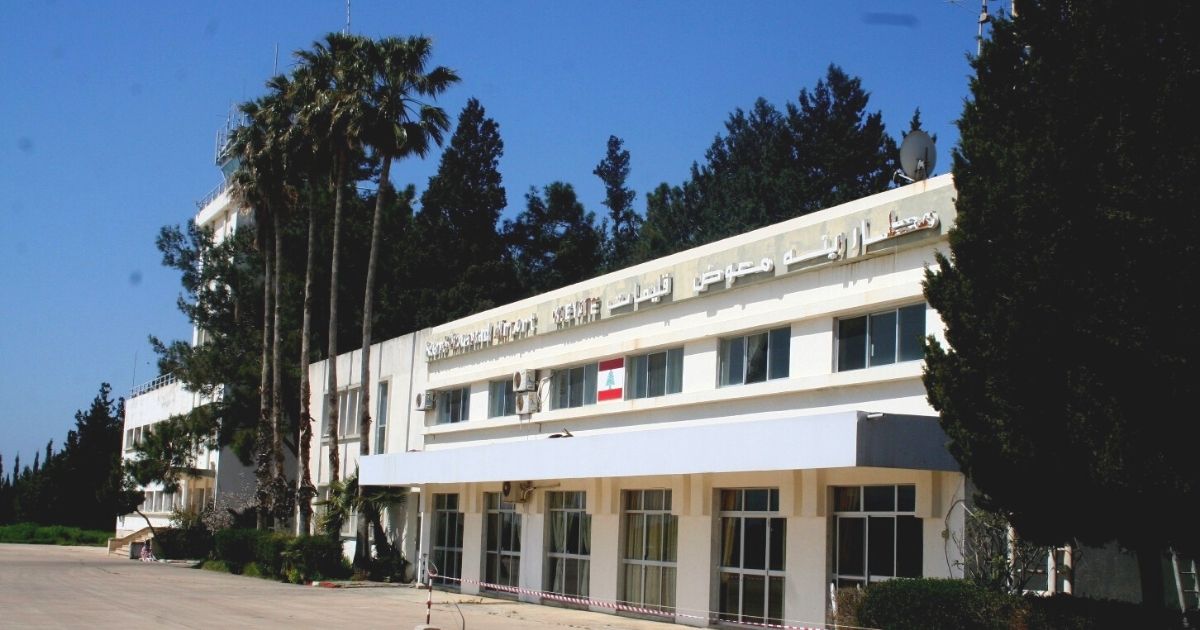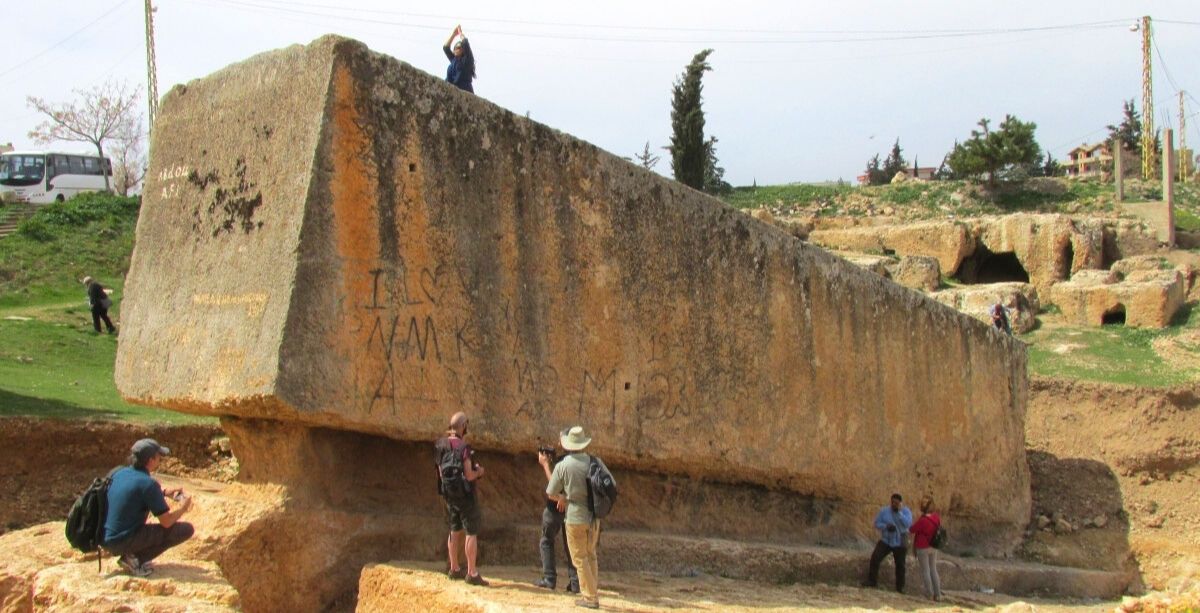In 1623, Lebanese people of all sects, tribes, and families united against the formidable threat of the Ottomans and achieved an unlikely historic victory.
This is the story of how 5,000 Lebanese fighters beat an Ottoman army of 12,000 in the Battle of Anjar.
Between 1590 and 1635, when Lebanon was still under the rule of the Ottoman Empire, the Mount Lebanon Emirate was governed by the famed Lebanese leader, Emir Fakhreddine II.
Fakhreddine was famously nationalistic and eager to regain control over the parts of Lebanon that were taken away by the Ottomans. He saw that to achieve his goal he had to seize more power and influence.
For this reason, the prince turned to Europe in 1608 and forged an alliance with the Italian Grand Duchy of Tuscany. While the alliance was made to appear to be solely economic, it had a military aspect under the table.
The Ottomans sensed this and decided to take action against Prince Fakhreddine’s growing influence. In 1613, they launched an attack with 50,000 men against Fakhreddine, who left for exile in Tuscany.

Before leaving, Fakhreddine put his brother Yunis and his son Ali Beg in charge.
The latter two held their ground against the fierce Ottoman campaign, which eventually ended with negotiations conducted by Emir Yunis, upon which the Ottomans retreated.
A revenge opportunity
In 1618, the political changes that took place in the Ottoman Empire removed most of Fakhreddine’s enemies from ruling positions and encouraged the prince to return home.
Upon his valorous return, Fakhreddine sought revenge against his enemies. He united all Lebanese lands beyond Mount Lebanon and marched to Akkar, where he attacked and successfully took over the stronghold of Ottoman Yusuf Pasha.
With that, Fakhreddine restored the lands that he had to give up when he was forced to leave Lebanon, including Sidon, Tripoli, and the Bekaa Valley.
A few years later, a rival of Fakhreddine, called Mustafa Pasha, rose into power in Damascus.
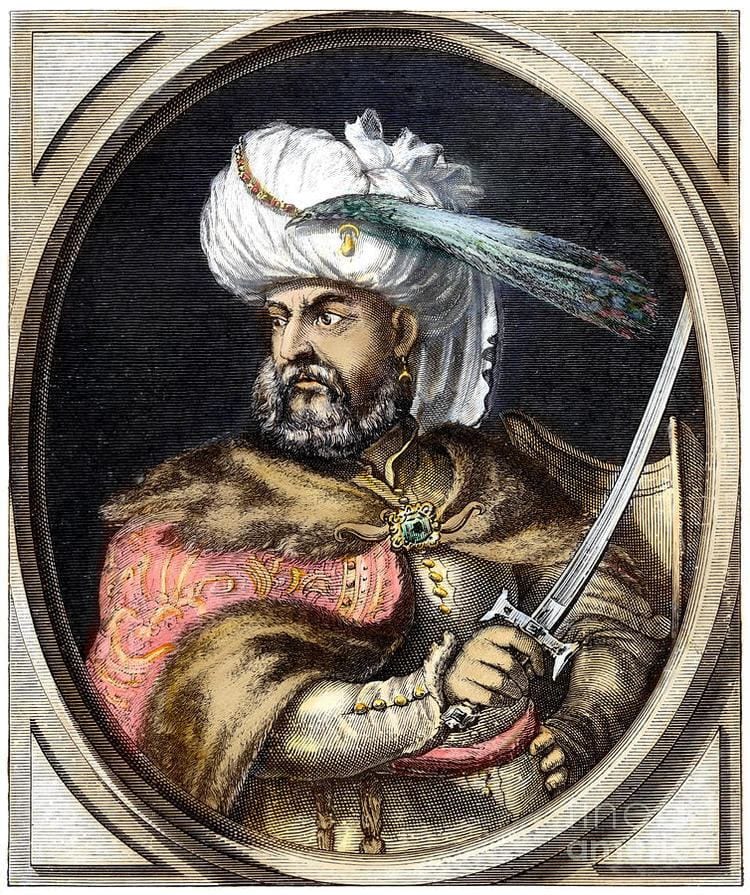
In 1623, Fakhreddine defied the Ottomans by refusing to allow an army of theirs, on its way back from the Persian front, to winter in Bekaa.
This infuriated the Ottomans and prompted an attack, led by Mustafa Pasha, to put an end to Fakhreddine. However, the Ottomans made the mistake of underestimating the Lebanese prince’s military capabilities.
Unbeknownst to them, prince Fakhreddine had been focusing his financial resources on building an efficient armed force after his arrival from Tuscany.

Mustafa Pasha led a mixed 12,000-strong army of Ottomans, Syrians, as well as Lebanese towards the Bekaa Valley, where Fakhreddine’s 5,000 Lebanese fighters were standing ready.
The first encounter took place between Mustafa Pasha’s cavalry and Fakhreddine’s scouts on November 1st, 1623.
The scouts were overwhelmed, and the prince ordered them to retreat to the village of Majdal Anjar, where he would begin to execute his plan. The scouts led their enemies to an area that neighbored the village, where a battle took place between the two.
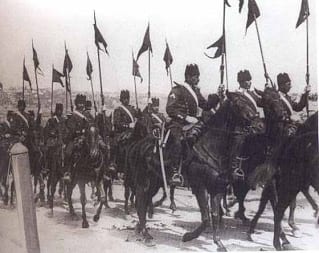
The Battle of Anjar unfolds
Meanwhile, when the rest of Mustafa Pasha’s army reached Majdal Anjar, Fakhreddine sent 100 cavalry units toward it with specific orders; they were to retreat upon reaching the enemy cavalries to trick them into pursuing them.
The maneuver worked.
Impelling nearly 1,000 cavalry units away exposed the Ottomans’ infantry, which was now in an extremely vulnerable position in the open planes of Anjar.
Notably, the rest of the Ottoman cavalry was still busy clashing with Fakhreddine’s scouts near the village.

Now that the army was unprotected by the essential cavalry troops, Fakhreddine rallied his men and launched a ferocious attack on the Ottomans.
While part of the Lebanese prince’s army was engaging the enemy troops, another was encircling their formation.
Mustafa Pasha ordered his surrounded units to retreat, but this only raised their death toll. The Lebanese defenders pursued the retreating enemy troops until the Syrian border city of Al-Zabadani.
Fakhreddine’s troops killed 100s of Ottoman soldiers in the Battle of Anjar, including 4 prominent officers, and captured Mustafa Pasha.
Despite being outnumbered by more than two to one, the Lebanese accomplished a decisive victory by the end of November.
Following the Battle of Anjar, Fakhreddine successfully forced the Ottomans to retreat to Egypt and Northern Syria. As for Mustafa Pasha, Fakhreddine treated him well in captivity, before eventually releasing him.
This fair treatment by the Lebanese prince later prompted the Pasha to recognize Fakhreddine’s rule over the Beqaa Valley.
On a side note, to commemorate Emir Fakhreddine II, Lebanon released a set of stamps in 1967 with drawings of the prince and the historic Battle of Anjar.
Emir Fakhreddine did more than winning the battle against the Ottomans. He played a major role in unifying Lebanon.
From his exile in Tuscany, he brought renaissance art, literature, and poetry, and ordered the opening of numerous schools to spread scientific knowledge across the country.


